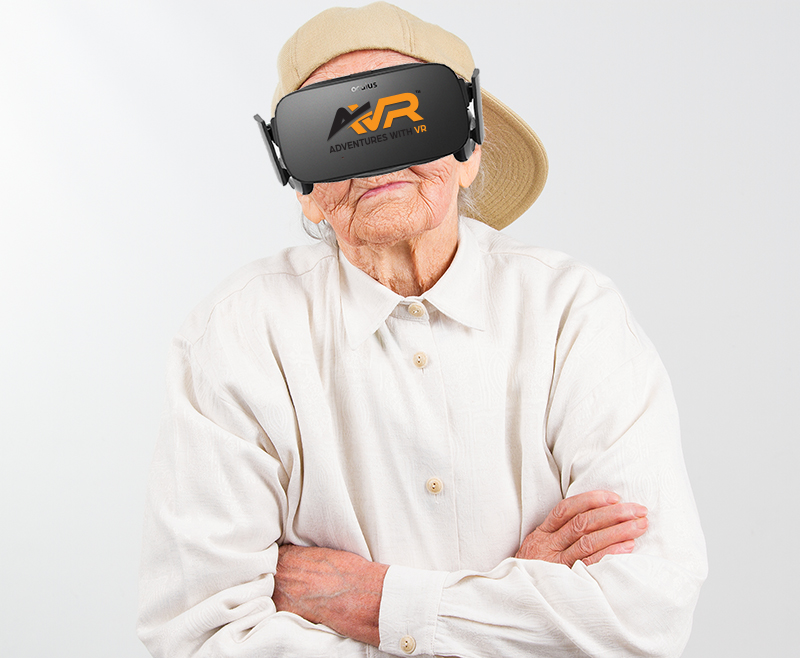By: Hayley Tsukayama
Washington Post
Reporter
For most people, virtual reality’s promise of transporting us to a different world in a heartbeat is a great novelty. But for those who cannot travel freely, it’s a lifeline.
Sonya Kim, a physician in the San Francisco Bay area, has been taking virtual-reality headsets to seniors as a part of their medical treatment. Her therapy program, Aloha VR, lets seniors use the headsets to bring variety into their days, relax and get away to a virtual tropical locale.
High-tech and seniors may not go together in many people’s minds. But virtual reality is actually just the latest in technologies helping them. Nintendo Wii’s motion gaming technology, in its heyday, was a hit in nursing homes, as a way to get residents to exercise. Kinect, Microsoft’s motion gaming sensor, has been used to help patients recover from painful operations. And many wearable and smart appliance technologies are being developed to help older people live in their own homes, rather than go to nursing homes.
Virtual-reality applications have been mostly focused on gaming, but their role in therapy is being examined by a handful of medical professionals, such as Kim.
Kim’s company, One Caring Team, checks in with lonely seniors — partially to stave off the potentially debilitating depression that grips many older adults who live on their own. A woman, who heard Kim speak about her company, asked Kim to help her mother, who had dementia and couldn’t carry on a conversation.
“That gave me a new homework assignment,” said Kim, who began researching technologies that could help those patients. She was particularly struck by the potential for VR therapy to help seniors with loneliness after trying it out at a game developer’s conference. Kim then worked to develop Aloha VR.
“It’s a new solution for an old problem,” Kim said. “It lifts the moods of those patients who are so anxious and bored or depressed because they think no one cares about them. We’ve brought beautiful places to seniors who can’t go anywhere.”
Aloha VR is getting some dramatic results. In many cases, seniors who’ve withdrawn from the rest of the world because of dementia or depression have had their overall behavior greatly altered by their digital trips to the beach. Kim has seen patients who were unresponsive or even violent completely change after a few VR sessions.
One male patient with dementia stands out in Kim’s mind. At 6-foot-2, this patient was always hunched over and constantly anxious, she said. He never participated in group sessions, preferring to sit in a corner. But when he used the VR headset, he became alert, relaxed and engaged with the scenes he saw, his caregivers said. When his wife saw a video of him reacting to the therapy, Kim said, she nearly began to cry.
“She was so moved to see this therapy bring happiness and joy to her husband, who was trapped in this demented body,” Kim said. In subsequent sessions, he even began to sing and flap his fingers when he saw a bird fly by in the program. “It was amazing to watch this transformation,” Kim said.
Kim’s company has received several testimonials from patients’ relatives and caregivers who said the relaxing effects of the virtual-reality sessions have lasted for weeks. In the case of the dementia patient who started singing during his virtual-reality session, his family told Kim that they no longer worry about him hitting his caregivers or pulling their hair.
Why does it work? Even Kim is not completely sure, but she does have a theory: Immersing some patients in a virtual world stimulates their brains in a variety of ways. “I think VR allows patients’ neural pathways to be reactivated — some have dormant pathways — because of the power of presence, of having something right in front of them without any distraction,” she said.
Kim is now trying to raise money for One Caring Team and Aloha VR to expand the programs, make them more cost-effective and work with other organizations that are looking at different ways to use virtual reality.



